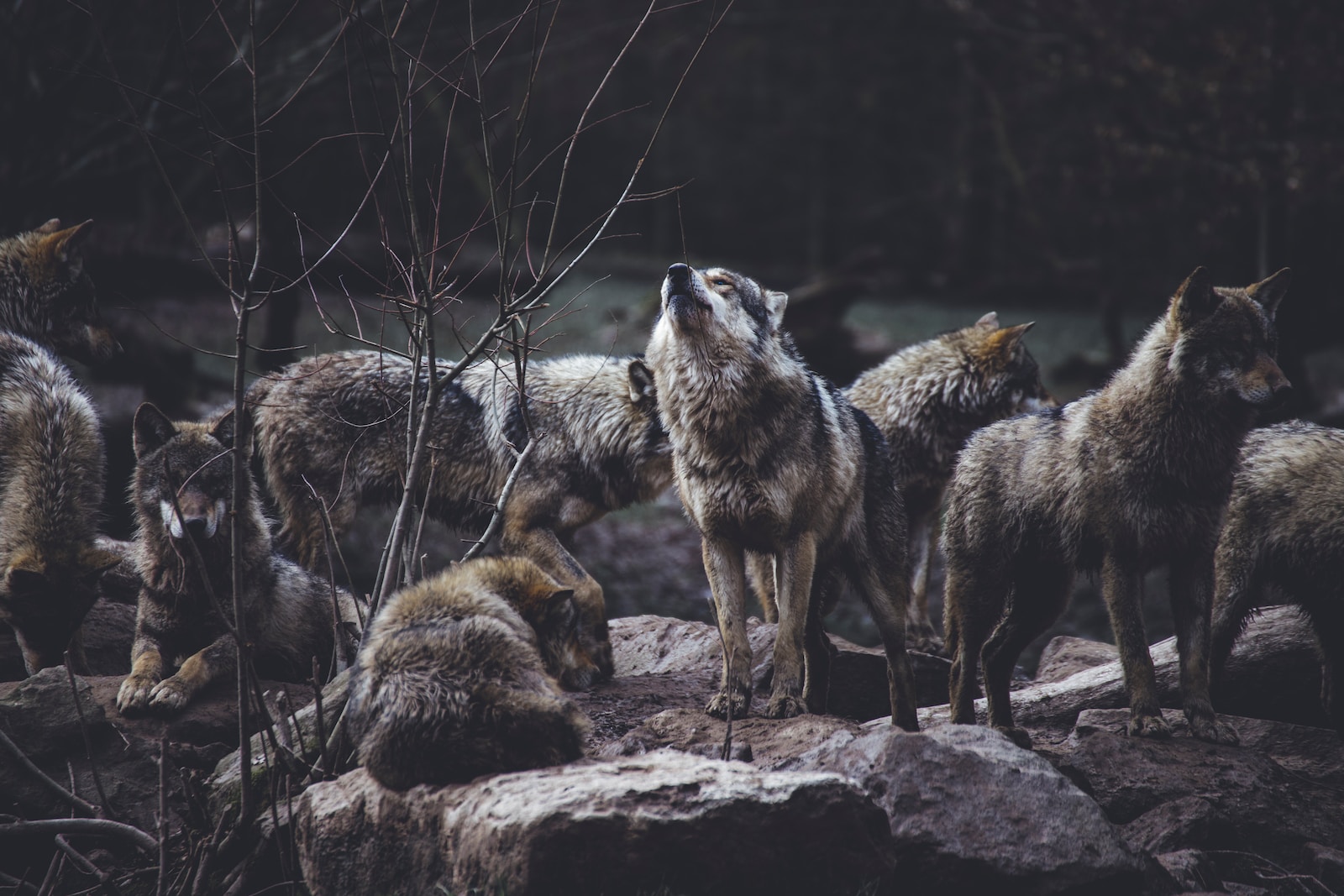Table of Contents
ToggleIntroduction
Grey wolves are one of the most iconic and majestic animals in North America. They are also one of the most endangered, with only about 6,000 left in the lower 48 states.
In California, grey wolves were hunted to extinction by the 1920s. But in 2011, a lone wolf named OR-7 crossed the border from Oregon and became the first confirmed wolf in the state in nearly a century. Since then, more wolves have followed, forming at least four packs in northern California.
The return of the grey wolves is a sign of hope for the recovery of this keystone species, which plays a vital role in maintaining the balance and health of the ecosystem. Wolves help control the populations of deer and elk, which can overgraze and damage the vegetation. Wolves also provide food for other animals, such as bears, eagles, and ravens.
However, the grey wolves in California face many challenges and threats. They are still listed as endangered under both federal and state law, but their protection is under constant attack from anti-wolf groups and politicians. They also face habitat loss and fragmentation, human-wildlife conflict, poaching, disease, and climate change.
As a concerned citizen, you may wonder how you can help protect the grey wolves in California and ensure their survival. Here are some practical tips and advice that you can follow:
Educate yourself and others about the grey wolves
Learn about their history, behavior, ecology, and importance. Share your knowledge and passion with your friends, family, and community. You can find reliable information from sources such as the California Department of Fish and Wildlife (CDFW), the Center for Biological Diversity (CBD), and Defenders of Wildlife (DOW).
Support pro-wolf organizations and initiatives
You can donate money or time to organizations that work to protect and restore the grey wolves in California and across the country. You can also sign petitions, write letters, or attend rallies to advocate for wolf-friendly policies and legislation. Some of the organizations that you can support include CDFW, CBD, DOW, Project Coyote, and Wolf Haven International.
Report any wolf sightings or illegal activities
If you see or hear a wolf or signs of a wolf in California, you can report it to CDFW using their online form or phone number. This will help them monitor and track the wolves’ movements and numbers. If you witness or suspect any illegal activities involving wolves, such as poaching or harassment, you can report it to CDFW’s CalTIP hotline at 1-888-334-2258.
Coexist peacefully with wolves
If you live or work in an area where wolves may be present, you can take steps to reduce the risk of conflict and promote coexistence. You can secure your garbage and compost bins, keep your pets indoors or on a leash, install electric fencing or guard animals around your livestock or crops, and use non-lethal deterrents such as noise makers or lights to scare away wolves. You can also contact CDFW or DOW for assistance or advice on how to prevent or resolve any problems with wolves.
Appreciate and enjoy the wolves from a distance
If you are lucky enough to encounter a wolf in the wild, you should respect its space and safety. You should keep at least 100 yards away from the wolf, do not approach or feed it, do not make eye contact or loud noises, and do not try to take photos or videos. You should also leave the area if the wolf shows signs of stress or aggression, such as growling, baring teeth, or raising hackles.
Conclusion
The grey wolves in California are a precious and irreplaceable part of our natural heritage. They deserve our respect, admiration, and protection. By following these tips and advice, you can help ensure that these magnificent animals have a chance to thrive and flourish in their rightful home.







